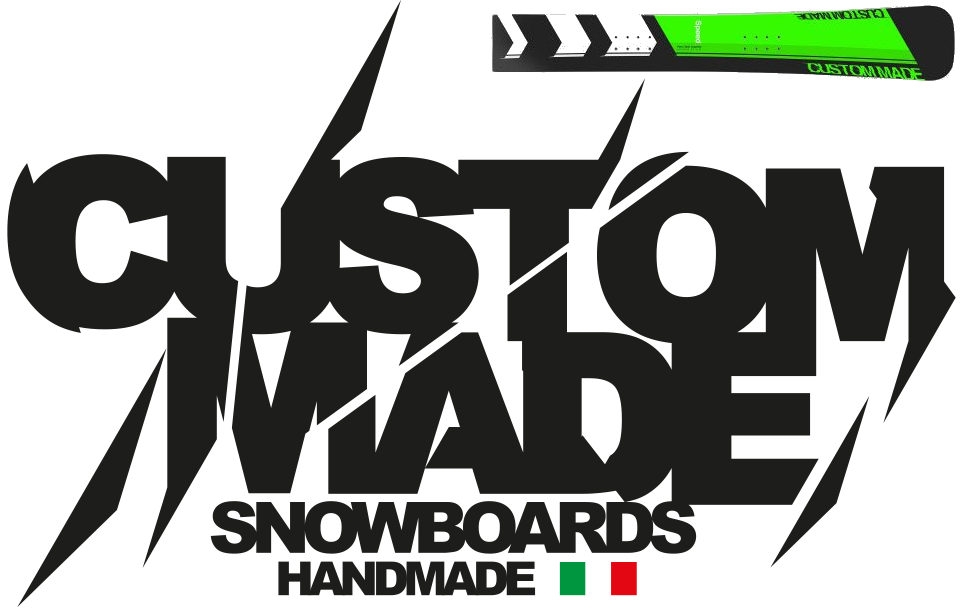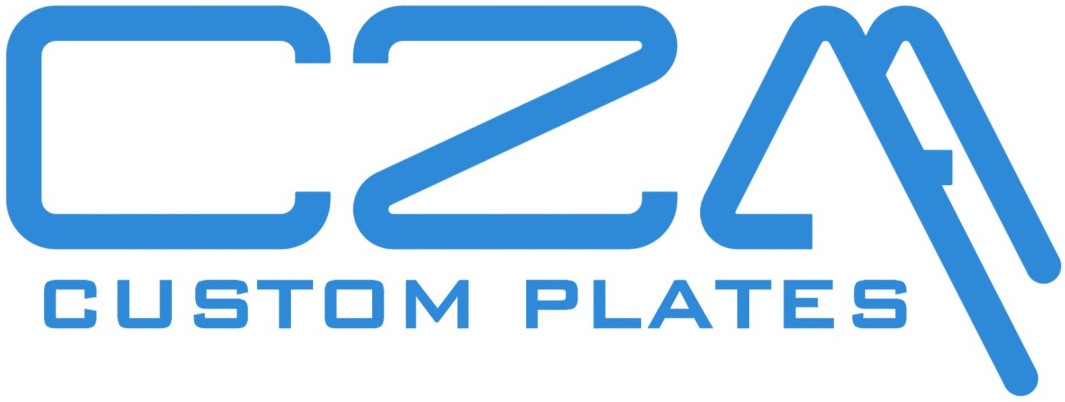Tutor – The Elementary Turn

In Brief
The Elementary turn is accomplished by a simple rotation of the upper body with the legs and snowboard which follow through. No flexion or extension is used. The snowboard remains flat. The student should not rely upon the edges of the snowboard.
Technical Details
The turn may be broken down into three phases:
-
Initiation:The turn is initiated by a strong anticipated (or pre-) rotation of the upper body in the desired direction. Weight should be concentrated towards the front of the snowboard. Though the snowboarder has rotated, the board has not yet followed.
-
Driving:The snowboard will now start to follow the direction of rotation. The student must continue the anticipated rotation by rotating further as the board follows. Weight is maintained towards the front of the board. The snowboarder may lean slightly towards the inside of the turn.
-
Termination: Weight is brought back to an equal distribution across the board and the rotation is brought to a halt. If the snowboarder started the turn from the correct backside position then the turn will terminate with the frontside position and vice versa.
Learning the Elementary Turn
Pratice Isolated turns (i.e. one at a time).
-
Imagine you are a waiter who needs to serve people to your left and then serve people to your right.
-
Imagine you are opening a door with your right hand, then opening the door with your left hand.
-
Imagine you are throwing a frisbee.
Students usually have one turn stronger than the other. (e.g. backside easier than frontside).
Perfecting the Elementary Turn
Pratice linking turns together.
-
Correct the rotation by making sur the student places their hands for example around their waists, or on their hips in the style of a russian dancer.
Common pitfalls
These are some of the common pitfalls and how they may be avoided:
-
Student can initiate, but not complete the turn: This is usually due to the student leaning back once the board is facing down the fall line. Leaning back transfers the weight to the back leg and once this happens the student no longer has control. Try the following corrective exercises:
-
Maintain the front arm lower than the back (forcing more weight on the front)
-
Ensure the front knee remains bent
-
Ensure the rotation is accomplished over the front of the board
-
-
Student falls violently due to "catching an edge": This is usally due to the weight being on the heels when turning toeside or vice-versa. Get the student to maintain the board as flat as possible, and if any leaning is used then it must be towards the inside of the trun
-
Student "kicks" or "twists" to get the board to turn: Although the symptoms of this problem show at the end of the turn, the cause of the problem is usually due to the starting position (incorrect backside or frontside base position). Ensure that the turn is initiated from a correct frontside or backside position – if the student is halfway between the two when they start the turn, they will never be able to complete the turn.
Additional Tips:
-
On the backside turn the student can compliment the rotation by tucking the back knee into the front knee.
-
On the frontside turn the student can compliment the rotation by moving the back knee away from the front knee.





